As the laws and regulations of immigration are widely debated, including the border wall and sanctuary cities, eyes are on ICE as they’re demeanor and actions are a target of the news. A Department of Homeland Security, the Bureau of Immigration and Customs Enforcement was established in 2003 to better protect the safety of citizens after the tragic attack on 9/11. ICE has been pressing forward with the safety of the nation’s borders for years.
In recent news, Mexican crime and deportation is just one of President Donald Trump’s focus to crack down on. In attempts to reduce the crime of illegal immigrants, Trump sought to withhold funding from sanctuary cities, as some local governs, Greg Abbott of Texas for example, already have.
This brings the public’s attention to ICE. One of the largest sweeps in Texas just occurred, arresting 26 undocumented immigrants who thought they were paying their dues through community service. Paroles in Fort Worth, Texas were court ordered to give their dues through community service, however when they arrived there was an ICE bus waiting for them, taking them into customs in Dallas where they will receive their sentencing.
Many citizens, including those who have loved ones accounted for in the 26 arrested, are furious over this sneaky, meticulous attempt to remove undocumented immigrants who have been here for years. One American citizen recently married an undocumented immigrant from Honduras and stated this situation is unjust. The immigrants who are paying for their mistakes are punished further while the uncaught criminals remain free, posing threats with more dangerous crimes than the misdemeanors of the 26 arrested.
Other citizens aren’t taking the role of ICE seriously, and have started to prank call the VOICE (Victims of Immigration Crime Engagement) hotline. Numerous prank calls have been received, reporting “aliens” from outer space to mock Trump’s terminology of illegal immigrants as “aliens” in the country. VOICE is a line for victims to obtain information, and yet certain people in the public have found this mockable.
Along with Trump’s signed order to withhold funding from sanctuary cities, came is proposal to hire 10,000 employees in addition to the ICE task force. This would have been a costly plan, with the expectation of funding from congress. However, among all the chaos surrounding ICE news, they have found a way round it.
ICE’s new priority is to enforce more serious crimes such as: human trafficking, drug smuggling and the violation to immigration law. By taking over more serious crimes, ICE may appear more trustworthy in the eyes of the public and local officials.
There are mixed opinions on the role of ICE, but hopefully in the future, the government will come to an agreement on the role of ICE and how it should be functioning in regards to local, state and federal government.
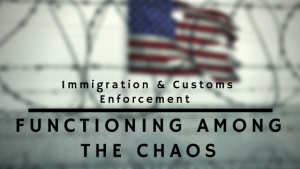

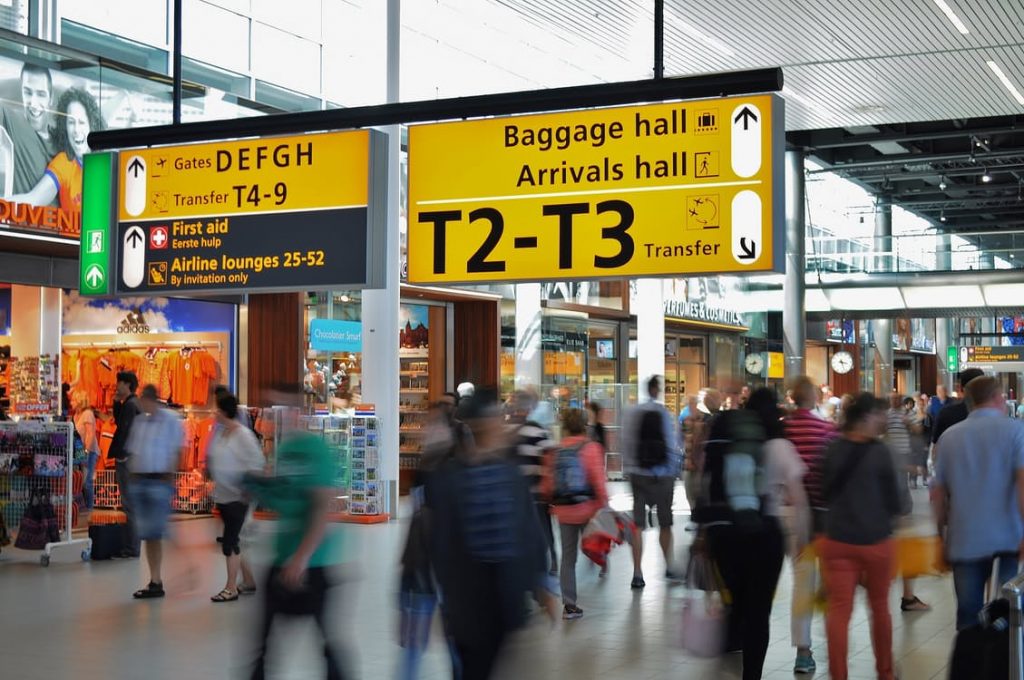



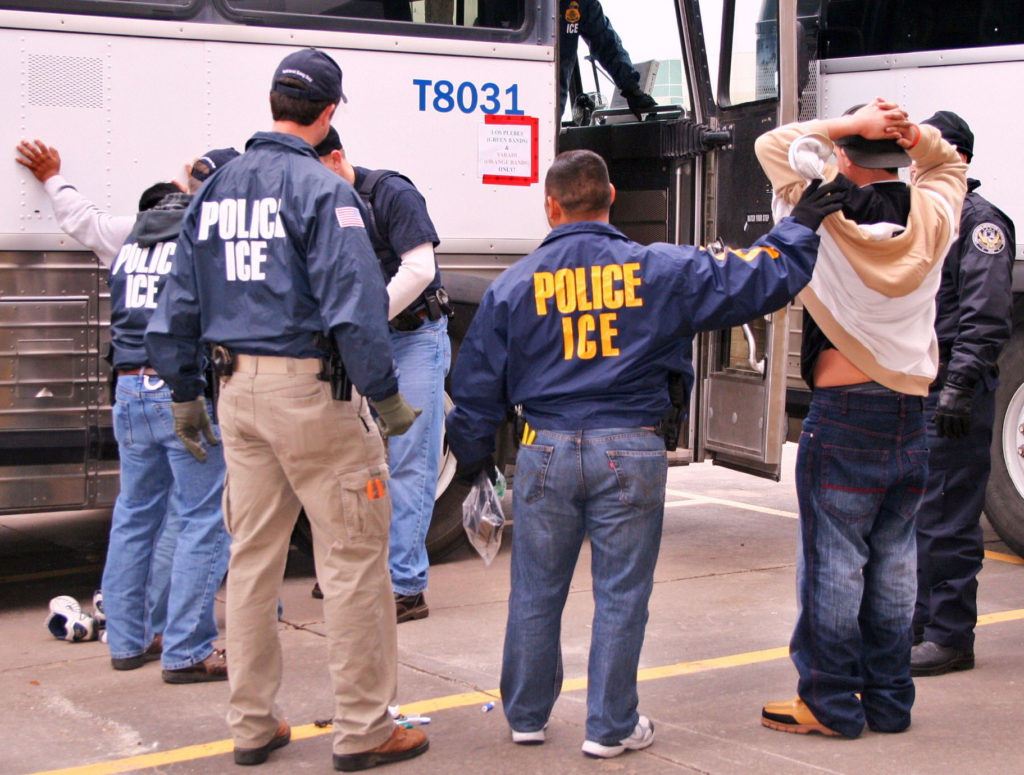
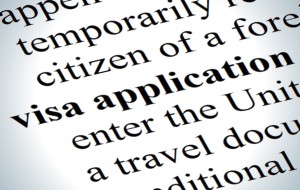
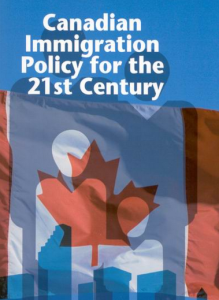 The new immigration policy of the 1920s, the Great Depression, and World War II caused there to be a dramatic decrease in immigration to Canada and the United States. After World War II, legislation allowed refugees and displaced persons from the war to immigrate to the United States and Canada. Both countries’ ideologies began to shift more towards egalitarian ideas such as welfare state and multiculturalism which implemented more tolerance towards people of different races and lead the charge against racial discrimination.[1] During the 1960s, the Civil Rights Movement lead to an increasing interest group for racial acceptance which fostered the new immigration policies implemented by the United States and Canada. (Talk about Great Society coalition of Jews, Catholics and Liberals as described in Mills) It was with these policies in which Canada decided to take a different route than that of the United States’.
The new immigration policy of the 1920s, the Great Depression, and World War II caused there to be a dramatic decrease in immigration to Canada and the United States. After World War II, legislation allowed refugees and displaced persons from the war to immigrate to the United States and Canada. Both countries’ ideologies began to shift more towards egalitarian ideas such as welfare state and multiculturalism which implemented more tolerance towards people of different races and lead the charge against racial discrimination.[1] During the 1960s, the Civil Rights Movement lead to an increasing interest group for racial acceptance which fostered the new immigration policies implemented by the United States and Canada. (Talk about Great Society coalition of Jews, Catholics and Liberals as described in Mills) It was with these policies in which Canada decided to take a different route than that of the United States’.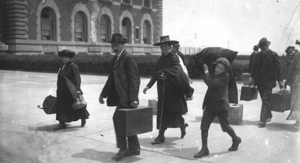 Immigration policy rose in national importance in the 1920s for a couple of reasons. “Economic concerns, nationalism brought about by World War I, and a tilt toward a smaller percentage of new immigrants with English as their native language contributed to moving public sentiment towards restricting immigration”. The emergence of “Eugenics” as a public policy tool in policy circles and Western philosophy also played a role. “Eugenics is the belief in improving the qualities of the human race by preventing the reproduction of people deemed to have genetic defects or undesirable characteristics and/or encouraging increased reproduction by those with supposed desirable inheritable characteristics.” According to Anderson, this widespread belief in eugenics was a decisive factor in creating the restrictive immigration laws in the 1920s. Natives in Canada and the United States were in favor of the status quo of their countries, so they did not want a large amount of immigrants they deemed as “undesirable” tainting their countries national structure.
Immigration policy rose in national importance in the 1920s for a couple of reasons. “Economic concerns, nationalism brought about by World War I, and a tilt toward a smaller percentage of new immigrants with English as their native language contributed to moving public sentiment towards restricting immigration”. The emergence of “Eugenics” as a public policy tool in policy circles and Western philosophy also played a role. “Eugenics is the belief in improving the qualities of the human race by preventing the reproduction of people deemed to have genetic defects or undesirable characteristics and/or encouraging increased reproduction by those with supposed desirable inheritable characteristics.” According to Anderson, this widespread belief in eugenics was a decisive factor in creating the restrictive immigration laws in the 1920s. Natives in Canada and the United States were in favor of the status quo of their countries, so they did not want a large amount of immigrants they deemed as “undesirable” tainting their countries national structure.